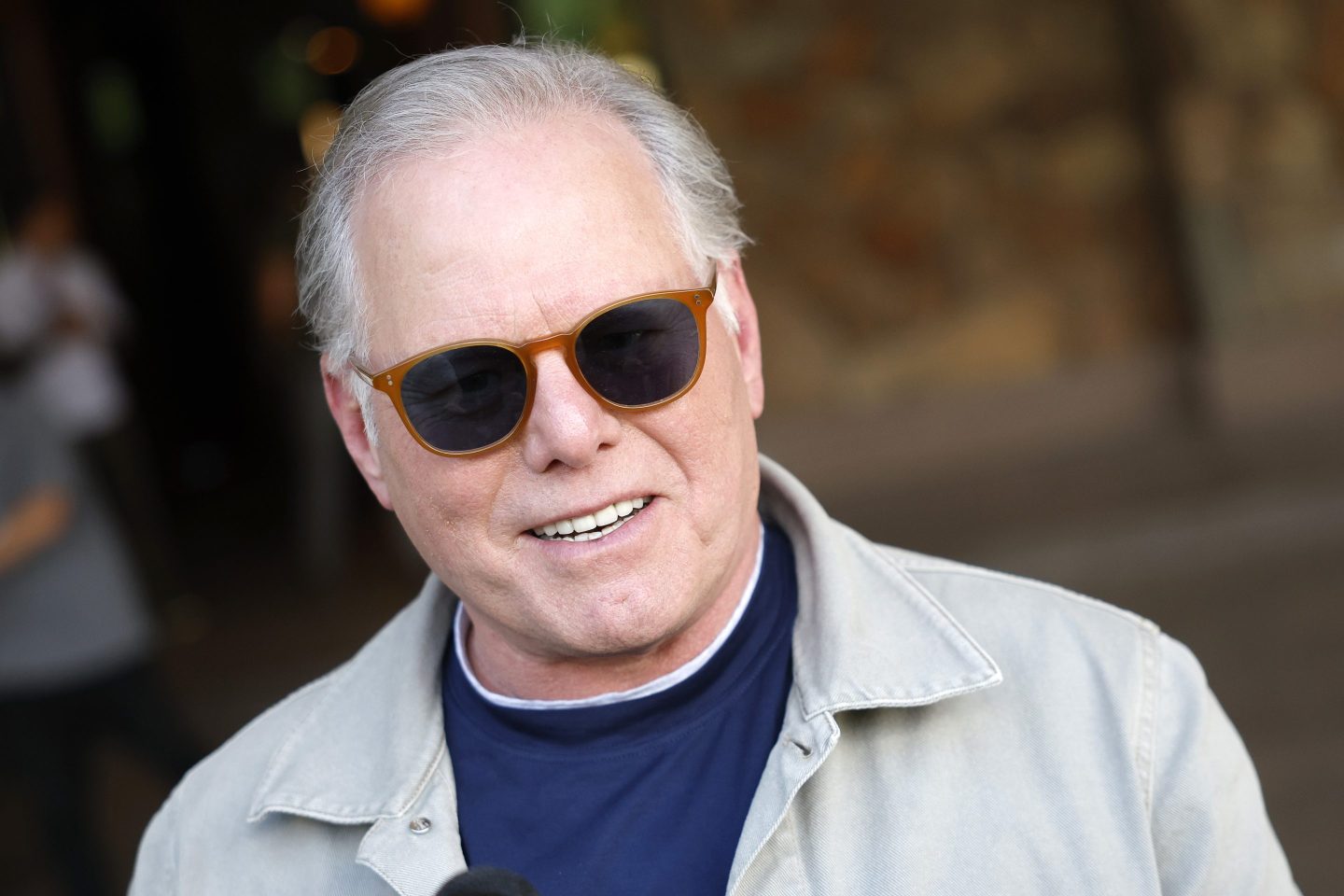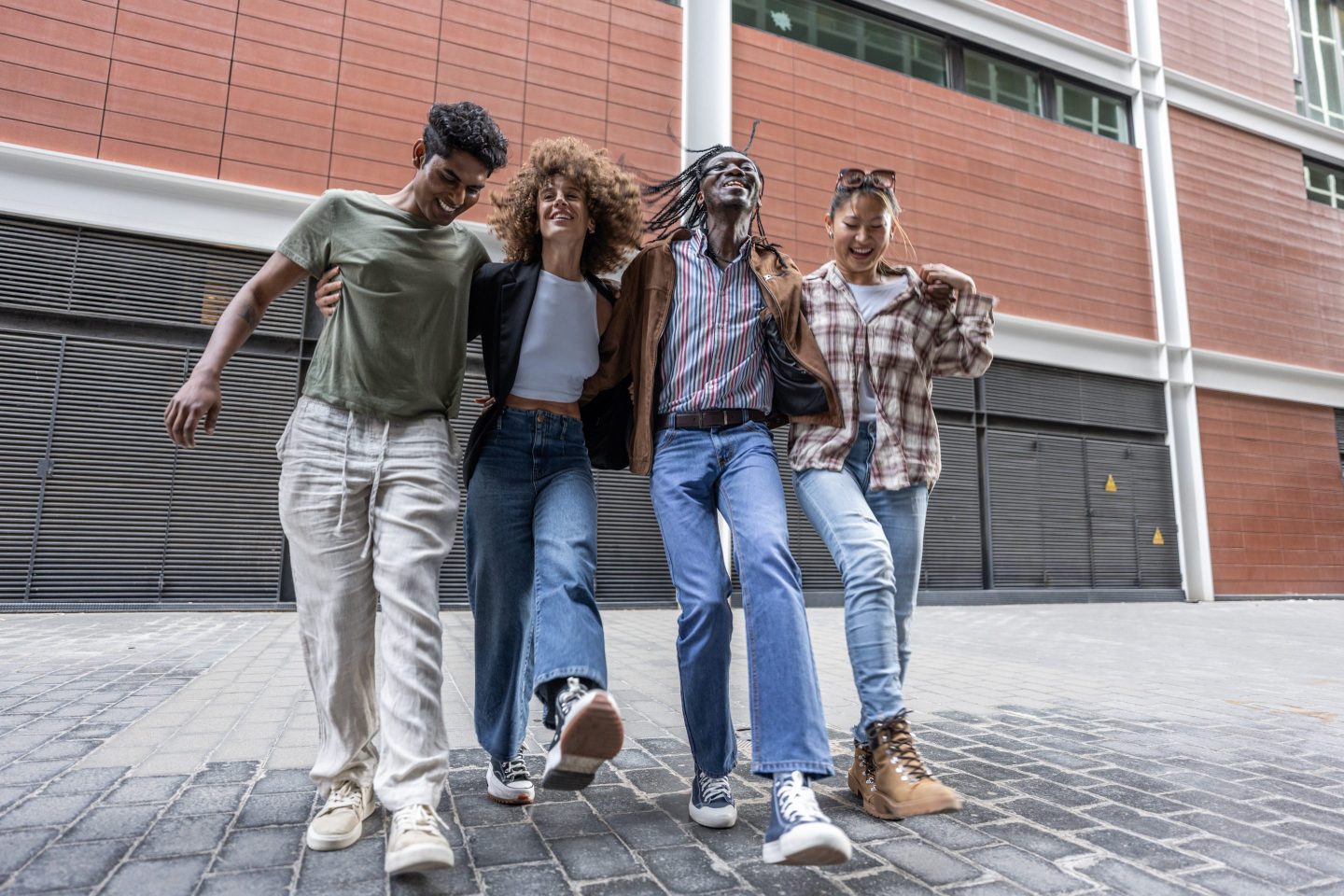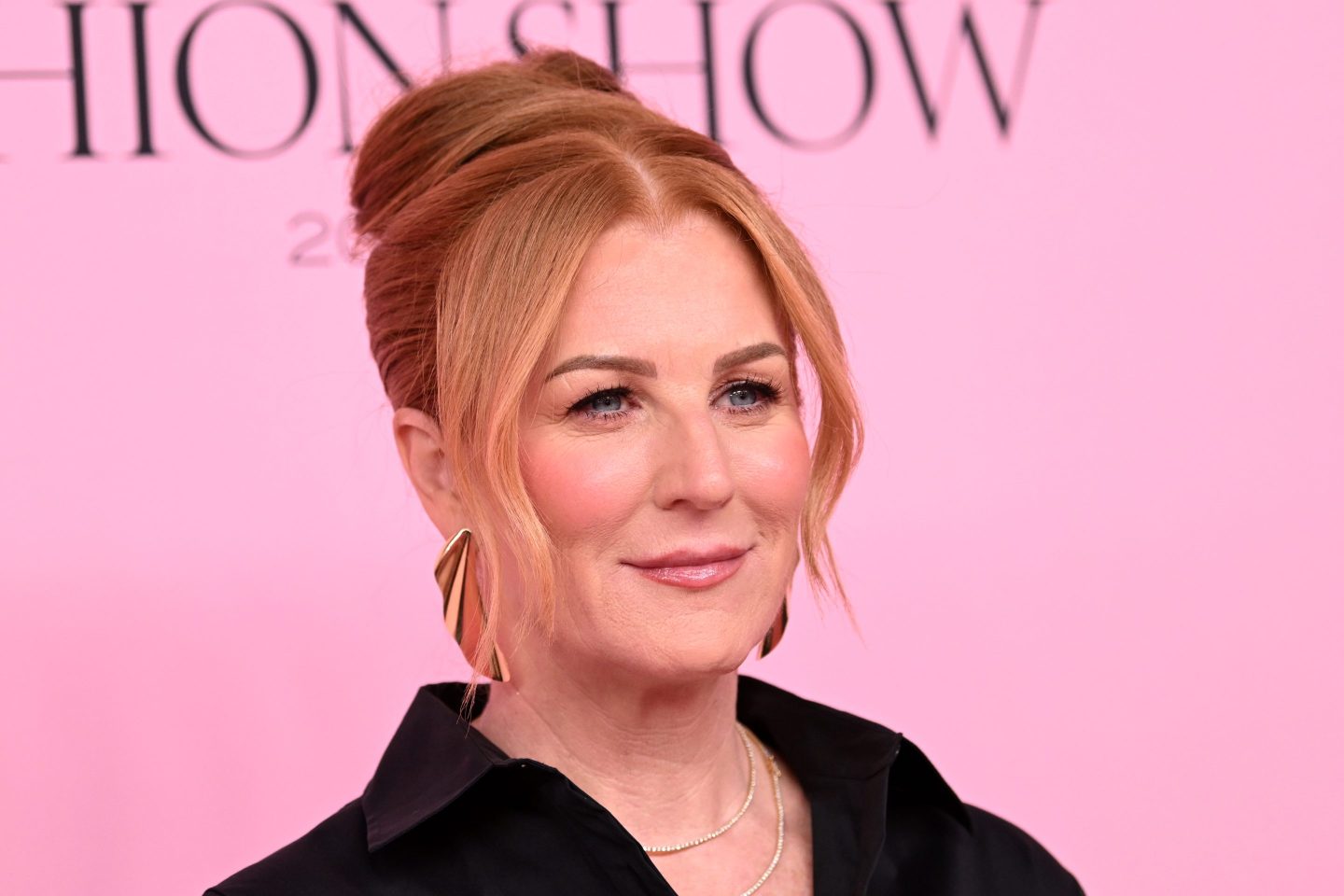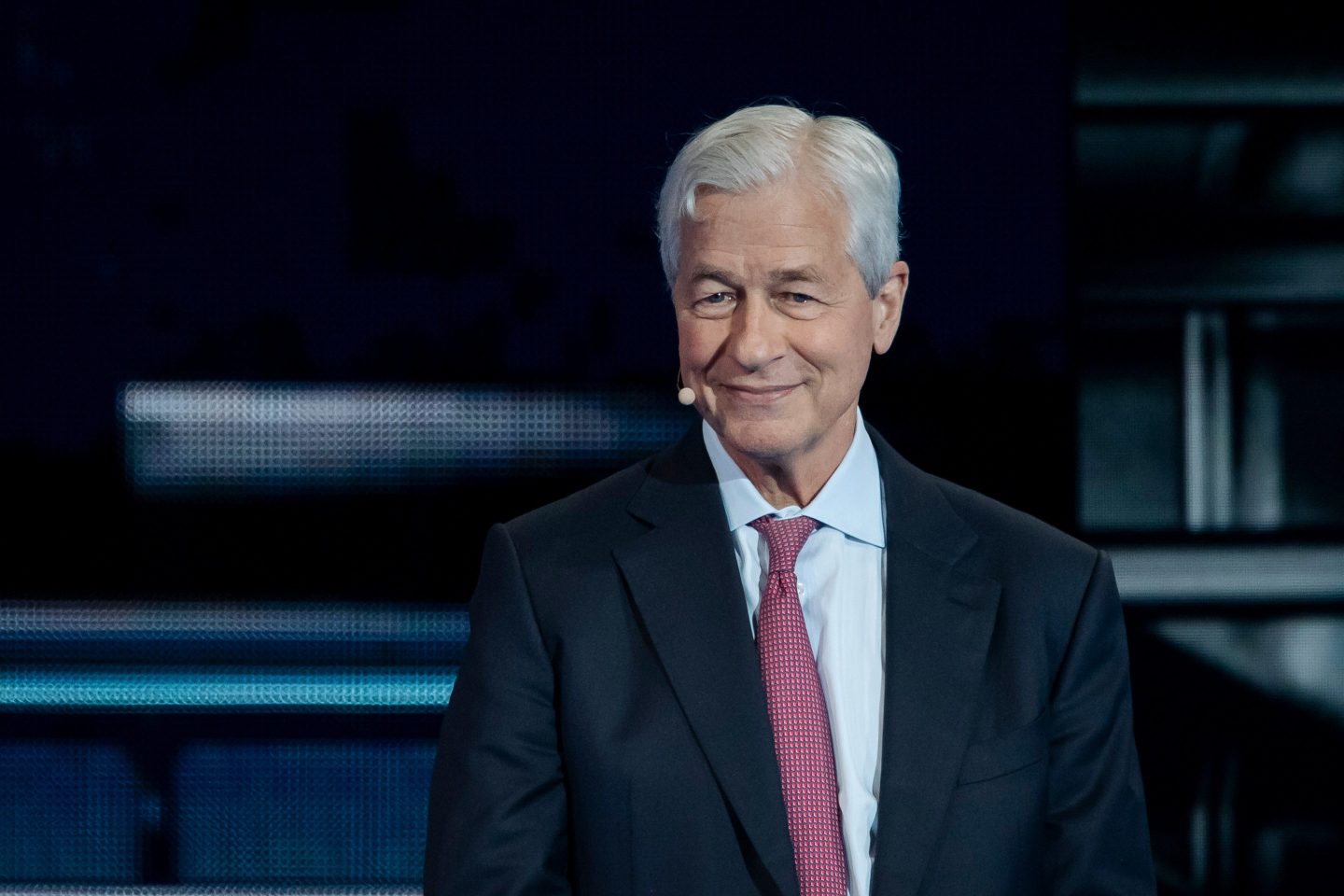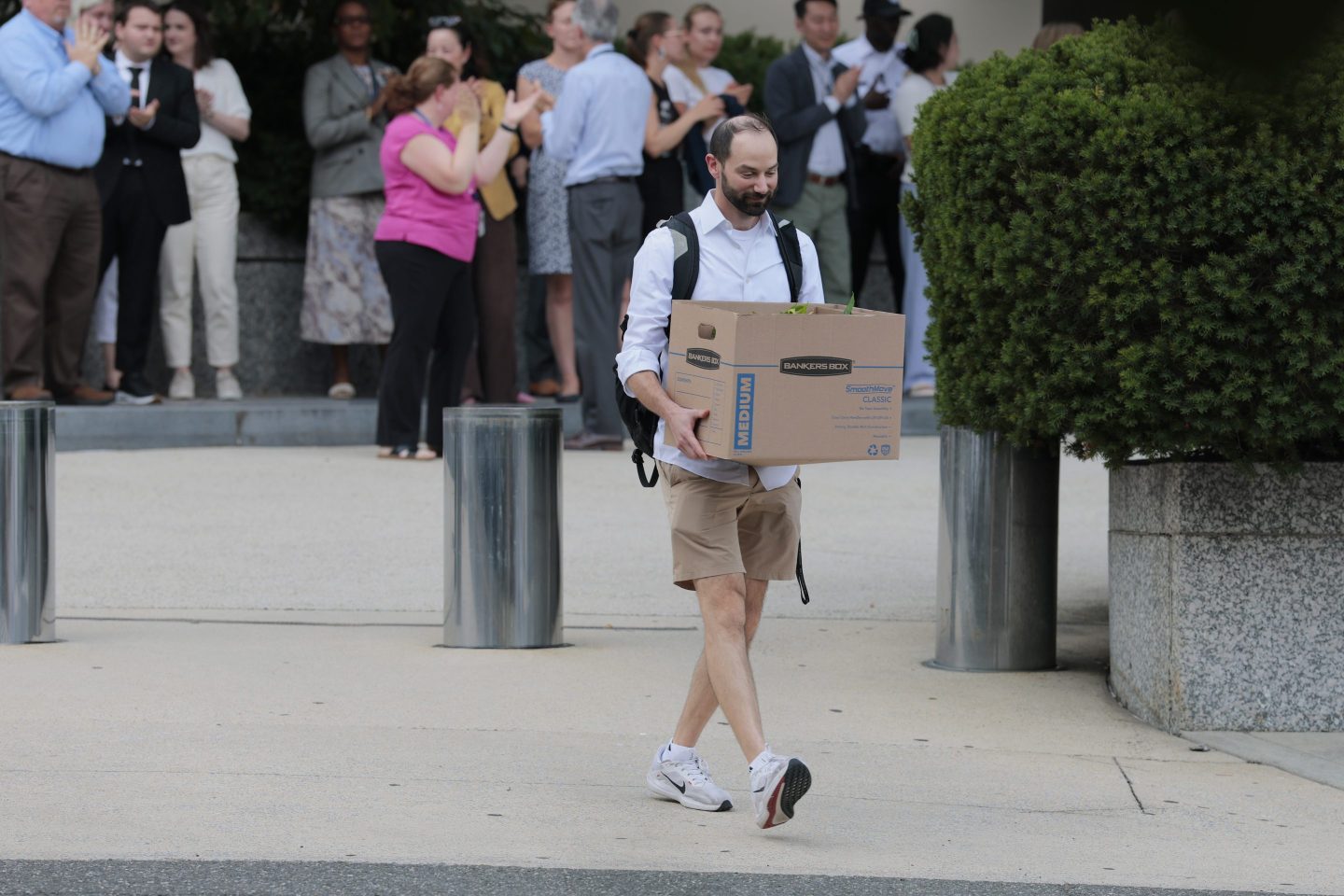The belief in proximity has become central to successful inclusion work. It’s a simple idea that’s tough to execute: If we invest meaningful time getting to know people who live different lives than we do, we may be able to see past the biases that blind us to their full humanity.
This is the unique beauty of America To Me, a ten-part docuseries from Hoop Dreams director Steve James, that’s unfolding now on Starz.
The series tracks a year in the life of students, teachers, parents, and administrators in a diverse, suburban Chicago public high school, a melting pot of kids from different backgrounds, trying to get out of puberty in one piece.
The series asks probing questions about race, class, and society – and why, for example, the ACT scores for black students have flatlined over time, while white student scores have improved.
But it’s also a deep dive into the teenaged psyche, at the tenderest age: The quavery-voiced choir tryouts, the perennially lost freshmen, the novel-reading jocks, the lunchroom drama, the woke class clowns, and the beautiful truths that tumble out when a kid is asked real questions about their lives. That many of the truths reveal the biases of the white world tasked to protect them, shines a light and holds up a mirror.
The series premiered to raves at Sundance and has been called a “binge-worthy longitudinal study of race” by Indiewire, and I understand why. I’m about halfway through the series and I’m completely hooked.
The series is the focal point of a currently running, ten-city campaign created by show producers Participant Media along with Kartemquin Films, which will bring together students, teachers, administrators, and others to have tough conversations about race, bias, and achievement in U.S. schools over ten weeks. More on that here.
In a few weeks, I’ll be following up with Participant Media’s chief impact officer, Holly Gordon, (the force behind the Girl Rising movement) for more about what the campaign accomplished and what the team behind the film has learned.
Not everyone is excited about the series, of course. The school’s charismatic principal was concerned about the filming and chose not to participate. We learn about this halfway through the first episode — in response, a school board member beautifully summed up the challenge and necessity of having difficult conversations.
“If you’re feeling as though you can’t be honest,” she says, treading lightly, “or you’re afraid to say what you’re feeling because there is a camera there…and we’re talking about race…” she paused to collect her thoughts. “What camera is in your head as you’re going about your day? Something is happening that makes this such a hard topic.”
On Point
| Why is workforce diversity such an elusive goal? |
| For one thing, people getting hiring wrong, suggests Bank of America’s global talent acquisition executive Ebony Thomas at Fortune’s annual Brainstorm Reinvent conference. It’s not a pipeline issue, it’s the people in the pipeline who remain invisible to hiring and other managers. Is this where artificial intelligence comes in? Yes, but only if you mitigate the bias in the datasets we use to make our baseline decisions, she says. Which leads to another question. How should companies use AI to make hiring decisions? |
| Fortune |
| The White House Press Corps is majority white |
| Should we be concerned? This is the central question posed by Paul Farhi of The Washington Post, who starts by noting that all seven New York Times reporters assigned to the White House are white. He further notes that the White House Correspondents’ Association (WHCA) doesn’t survey its 600+ members, and that in its 104-year history, has only had one non-white president. The number of non-white correspondents seem to wax and wane with administrations, though gender diversity seems to be less of a challenge. But still, does it matter that the issues of concerns to non-white families and communities are reported (or not) by people who aren’t connected to those communities? It’s an actual question. |
| Washington Post |
| Ally talk: Break the Bro Code |
| Most advice for male allies tends to be clear and direct, which adds to disappointment when it’s not followed. But this dispatch from Code Like A Girl offers a balm for traumatic times – like when a sexual assault victim testifies in front of Congress – and reminds men to be empathetic. Check in with your direct reports, give them time off if they need it, and make sure you’re up to date on what employee resources are available for anyone who may need more support. But more than that, break the silence daily. Be one of the “good men” who speak up, call out each other for harassing behaviors, and in general, challenge norms in your workplace. “Such male-to-male peer pressure may just be the silver bullet we need in workplaces everywhere,” they write. “And in the US Congress, too.” |
| Code Like A Girl Blog |
The Woke Leader
| Remembering the Elaine, Arkansas Riot |
| Yesterday was the anniversary of the 1919 Elaine, Arkansas riot, which was more of a massacre than anything else. We know about it mostly through the good work of the African American press; it was such a shocking event that Ida. B. Wells published a short book on the subject in 1920. On September 30, 1919, some 100 African American sharecroppers working on the plantations of white landowners gathered on at a church to organize for better cotton prices. Three white men drove up with guns to confront the group. What happened next is unclear, but a white man was killed and a deputy sherrif was injured. The resulting backlash over a number of days resulted in the death of over 200 black citizens, and the looting of dozens of black homes. |
| Black Past |
| Segregated schools: How did we get here? |
| Writer Kelly Bare does us a service by putting together a terrific list of people and programs who are trying to disrupt the seemingly intractable issue of school segregation. It’s a tough read. “The water we swim in is racism and segregation,” says Sarah Camiscoli, founder and director of IntegrateNYC4Me, a three-year-old youth-led organization. She also looks at the conditions students of color are often living in, most of which have their roots in systemic issues related to segregation. "Imagine a classroom where 50, 60, 70 percent of your students are facing some degree of crisis,” says Sandra Soto, principal of Brooklyn Arts and Science Elementary School. |
| Complex |
| On knowing and not knowing |
| Intellectual humility, or the profound understanding of the limits of one’s own knowledge, makes you a better person argues writer Cindy Lamothe. Even Google’s VP in charge of hiring claims to look for it in a candidate. Experts say it’s “a state of openness to new ideas, a willingness to be receptive to new sources of evidence, and it comes with significant benefits: People with intellectual humility are both better learners and better able to engage in civil discourse.” To achieve it, one needs to overcome a fixed mindset, a clear right and wrong to every situation. People with fixed mindsets tend to cling stubbornly to their ideas, and harbor feelings of inferiority if challenged. What can help? Listening to the stories of others. Huh. |
| New York Magazine |


